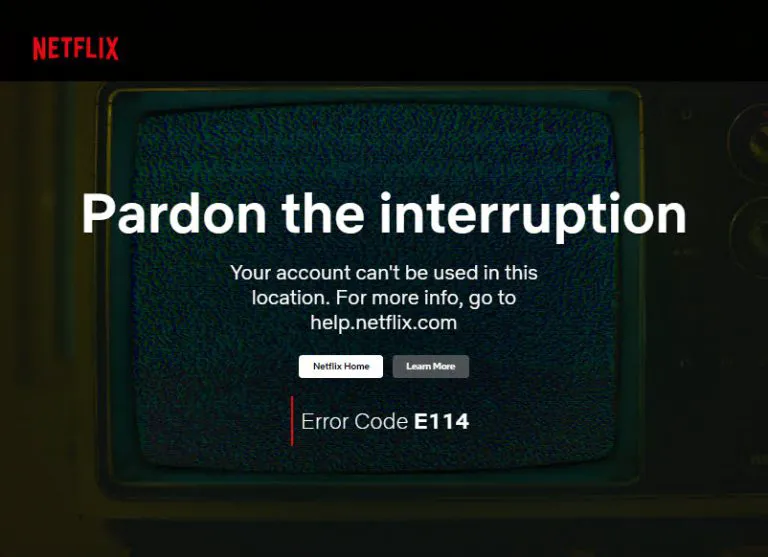A Short History of People Search: How It Has Transformed Over Time

Our innate desire to locate and connect with others has led us on quite a journey. In more recent centuries, the quest began with those bulky phone books, then it progressed to digital databases and early online people search services. And just as human curiosity knows no bounds, the evolution didn’t stop there – it brought us to today’s incredibly powerful search engines that open the door to a world of personal information, instantaneously retrievable at our fingertips.
But how did they emerge? What spurred their development? What obstacles did they face? More importantly, what new possibilities did these innovations unlock for connecting people? In this article, we will guide you through the remarkable history of the people search industry and help you understand how we arrived at this point. Read on…
Table of contents
1. Pre-Internet Era: The Traditional Methods of Finding People
Before the advent of digital technology, people relied on various methods to locate individuals, with the humble phone book serving as the most prominent and go-to resource. There were two main categories of phone books:
- White Pages: These directories listed residential phone numbers and addresses alphabetically by last name, allowing users to find contact information based on individuals’ names.
- Yellow Pages: These directories listed businesses and services rather than individuals, and they could be useful for finding someone through their place of work or business.
In an era of limited technology, the convenience of the phone book lay in its accessibility and comprehensiveness. Phone books were regularly updated, and new editions were distributed to households and businesses periodically. Consequently, these directories covered a wide geographic area, making it possible to find contact information for individuals and businesses across entire regions or even countries.
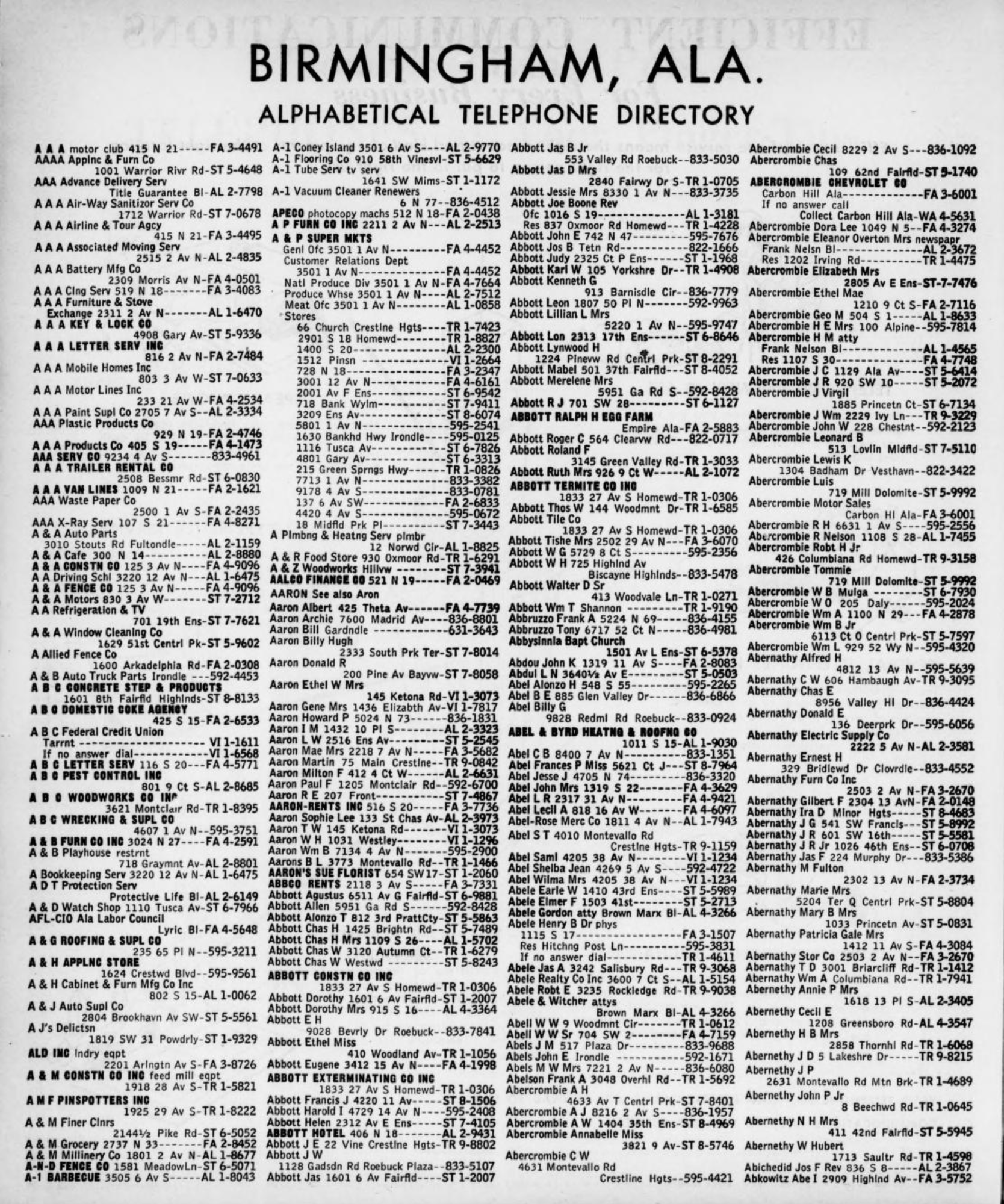
However, the usefulness of printed phone directories was limited since they only contained information available at the time of printing, typically updated once a year. Additionally, manually searching through these directories was time-consuming. Despite these restraints, the widespread adoption of phone books paved the way for the emergence of online phone directories in the digital age, which we’ll delve into shortly.
While phone books dominated as the go-to people search during this time, they were not the only available means:
- Credit reporting agencies, such as Experian, collected residential information that creditors could access, providing an alternative avenue for locating individuals.
- Companies sold databases of U.S. residential addresses compiled from various sources, including mortgage records, offering yet another resource for people search.
- Public records housed in government offices or libraries offered a wealth of information about individuals – births, deaths, marriages, properties, even criminal histories. Valuable for background checks or verification, accessing them often meant in-person visits or snail mail requests.
- Educational institutions also played a role in people search, with schools and universities publishing alumni directories containing contact information for former students. Similarly, certain professions, such as lawyers, doctors, and real estate agents, had their own specialized directories listing practitioners’ contact details.
2. Early Steps Into Digital: Transition to Digital People Search
The shift from analog to digital people search was gradual but inexorable. As computer technology advanced and the internet began to take shape in the 1970s and 1980s, the potential for digital directories and databases to revolutionize people search became increasingly apparent.
The French Minitel system, introduced in 1982, was an early digital people search tool, predating the internet we know today. As a pioneering online service, Minitel provided millions of French users with access to a wide range of resources. Most notably, it featured a digital telephone directory that allowed searches by name, address, or profession. With over 20 million active users at its peak [1], Minitel was a resounding success, offering an early glimpse into the potential of online people search.
In the United States, the first digital people search products arose in the late 1980s and early 1990s in the form of CD-ROM directories like PhoneDisc and American Business Information’s (ABI) directory. These products compiled data from various public records and telephone directories, offering a more comprehensive and easily searchable resource than traditional phone books.
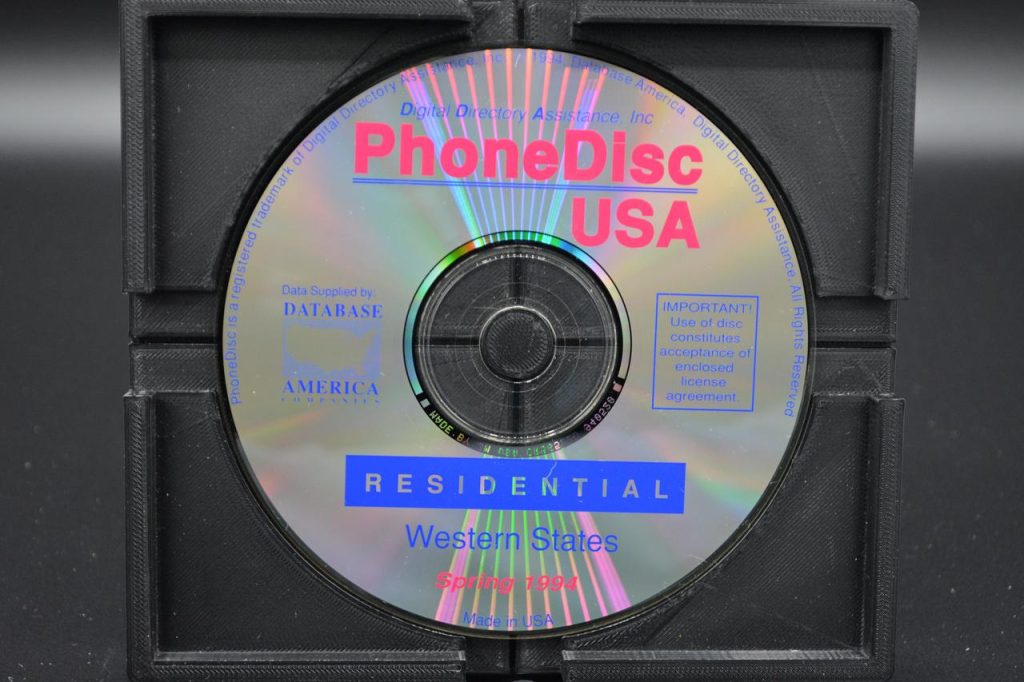
The impact of CD-ROM-based people search products was profound. For the first time, anyone with a computer and a CD-ROM drive could access a variety of people search data, including residential and business listings, reverse phone lookups, and address lookups. This accessibility made it much easier to reconnect with old friends, classmates, and lost relatives. In one online anecdote, a user shared his experience of helping his aunt find a long-lost friend from graduate school days. Using a CD-ROM phone directory on his computer, he managed to locate the friend, who had moved from Michigan to Tallahassee, Florida, over the course of 15 years, in just 5 minutes[2].
However, CD-ROM directories were not without their drawbacks. The delay in updating directory data was a major historical constraint carried over from the previous era. These early databases also struggled with other limitations, such as handling spelling variations or abbreviations. For example, they might contain listings for “Saint Paul, Minnesota” but fail to find results for “St. Paul.” In addition, unlisted numbers were sort of a new challenge, as many individuals started to keep their contact details private from this period.
As CD-ROM directories made personal data more accessible, concerns over privacy and potential misuse of information began to surface. One early controversy involved Lotus Development Corporation’s proposed Lotus Marketplace database, which aimed to provide detailed personal information for 120 million individuals and 80 million households across the U.S – names, addresses, phone numbers, and income ranges. This sparked widespread protests, leading Lotus to cancel the project in 1991 – after over 30,000 data removal requests and threats of lawsuits [3].
This incident was not an isolated case. In 1995, Beverly Dennis, an Ohio factory worker, filed a class action lawsuit against Metromail, a famous data collector, after discovering her personal information in a CD-ROM directory without her consent [4]. Although the case was eventually settled, it was one of the early lawsuits that drew public concerns over personal data privacy and challenged the industry’s handling of personal information.
3. Early-Internet Era: Expanding People Search Through Online Records
The early internet era marked a major turning point in the history of people search. This period saw the widespread digitization of records, from credit checks to public records like phone books, property data, and criminal histories. As this information became accessible online, it offered a wealth of personal details far beyond the basic contact information available in traditional phone directories.

Within this burgeoning “data economy,” data broker companies emerged and heavily shaped the trajectory of people search. These companies acted as data collectors, aggregating and selling personal information from various sources. They began by compiling digitized public records, soon building vast databases containing billions of detailed profiles – encompassing not just basic facts, but also data points like education, employment history, criminal records, and property ownership.
While some data brokers compiled detailed profiles for various purposes such as marketing, risk assessment, and identity verification, a subset of these companies identified a different opportunity. They aimed to create user-friendly platforms that would empower individuals to find and connect with others. To achieve this, they not only leveraged the growing troves of digitized personal data at their disposal—meticulously compiling and cross-referencing the information—but also purchased additional data and resources from other brokers to provide their customers with more comprehensive results.

As this early internet era unfolded, two distinct business models of this subset industry quickly developed. Some companies built direct-to-consumer online search portals, allowing users to access the information directly through their web browsers. Others opted for a semi-automated approach, acting as intermediaries between clients and the data they sought.
Early online people search sites
Switchboard.com, launched in 1995 by Banyan Systems Inc., was one of the earliest and most influential websites for finding people’s contact information. Revolutionary at the time, it brought phone number searches to the World Wide Web. It offered easily searchable and up-to-date telephone and address listings for homes and businesses across the United States, with the data sourced from Database America. The service quickly gained popularity with millions of users, thanks in large part to its key differentiator – it was completely free to access.
Despite operating online, Switchboard.com was still a phone book in its very essence. During this time, however, other innovators began tapping into the greater potential of online people search, going beyond just phone number listings.
One such company was InfoSpace, founded by Naveen Jain in 1996. Now, not only did they allow users to explore names and phone numbers, but also businesses, Yellow Pages, and fax directories – from across the United States and Canada. Moreover, InfoSpace introduced email address searches, a feature that was previously unheard of. This very same functionality was also found in Yahoo! People Search, which was included as part of Yahoo’s broader suite of search services within the same year. Users could conduct reverse phone number searches to uncover associated names and addresses, and email address searches (requiring a last name) yielded comprehensive information, including names, addresses, phone numbers, and related email details.
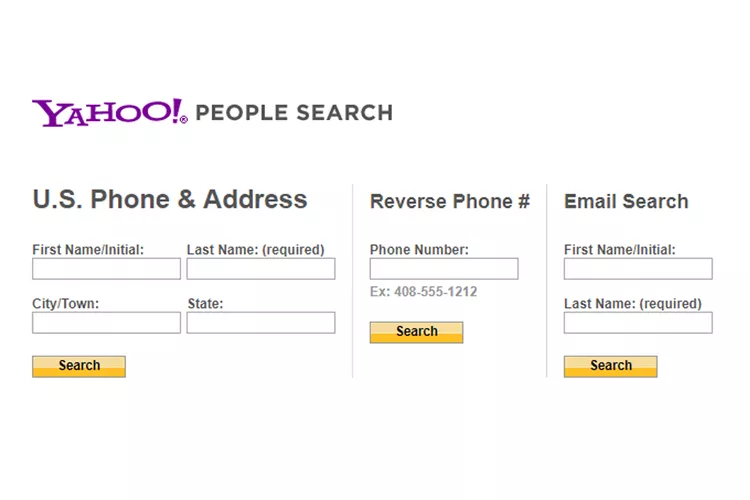
As online people search continued to evolve, specialized search engines sprang up, each carving out its own unique niche. Classmates.com, for instance, entered the scene in 1995 with a singular mission: to help people reconnect with their high school and college friends from years past. Ancestry.com, went a different route when it launched in 1996. Just like its moniker, this platform focused on genealogy research, providing users with powerful tools to uncover their family history and build detailed family trees.
The early-internet era witnessed a boom of new online people search services as digital technologies became more accessible to the masses. To illustrate the landscape during this period, here is a table of the key platforms established between 1995 and 2005:
| Service Name | Founded Year | Original Functionality | Current Status |
|---|---|---|---|
| Switchboard.com | 1995 | Free phone number and address listings for homes and businesses across the United States | Discontinued in its original form after acquisition by Whitepages.com; site redirects to Whitepages.com |
| WhoWhere? | 1995 | Free email and website directory; later added people search functionality | Discontinued; functionalities absorbed into Lycos services, which have also declined |
| Bigfoot | 1995 | Email and postal address directory | Discontinued in its original form after acquisition by Infospace |
| Classmates.com | 1995 | Reconnecting with high school and college friends from the past | Still operational, primarily focused on reconnecting with school friends; faces competition from modern social networks like Facebook |
| InfoSpace | 1996 | Searchable directory for people, businesses, Yellow Pages, and fax numbers across the United States and Canada; introduced email address searches | Still operational as a digital advertising company, but no longer focuses on people search |
| Yahoo! People Search | 1996 | Part of Yahoo’s suite of search services; offered reverse phone number searches and email address searches | Discontinued as a separate service; some features integrated into Yahoo’s main search |
| Ancestry.com | 1996 | Genealogy research and tools for uncovering family history | Still operational and a leading platform for genealogy research and DNA testing |
| 555-1212.com | 1997 | Reverse phone number lookup and people search | Discontinued; site no longer available |
| PeopleFinders.com | 1998 | People search and public records lookup | Still operational, offering people search, background checks, and public records lookup services |
| Reunion.com | 2002 | Reconnecting with friends, family, and classmates | Rebranded as MyLife.com and still operational |
| Intelius | 2003 | Background checks and people search services | Acquired by private equity firms and eventually became part of PeopleConnect Holdings in 2019 |
| ZabaSearch | 2005 | Free people search engine aggregating public records data | Still operational, providing free basic lookup |
| Pipl | 2005 | Deep web people search engine | Still operational |
| Radaris | 2005 | Free people finder using public records | Still operational |
PI-assisted people search
During the early internet era, private investigators also played a role in people search. Instead of a full-fledged online search, this approach required clients to submit requests online, and the company’s staff or partnered investigators used internet tools and public records to locate the sought-after individuals. Primarily, they focused on facilitating reunions, and many adhered to industry standards.
A notable example following this model was Old Friends Information Services, a California-based company founded in 1992. Its core service involved reuniting long-lost friends and family members (a fee of $120 for successful reconnection[5]). As part of their process, Old Friends would first contact the searched person and obtain their consent before providing any detailed information to the client. And although their online presence was fairly rudimentary, Old Friends claimed a 70% success rate in helping clients reconnect with their loved ones[6].

However, despite some companies’ efforts to maintain ethical practices, serious violations did occur that brought the industry’s methods into question. In a tragic case involving Docusearch, another PI-assisted people search service, 20-year-old Amy Boyer was stalked and murdered by her former high school classmate, Liam Youens, in 1999. Boyer’s family sued Docusearch, alleging that the company had negligently provided Youens with Boyer’s personal information, which he obtained through their online investigation service by deceiving Boyer’s mother and illegally accessing the young woman’s private records[7]. Although the court ultimately ruled in Docusearch’s favor, citing the company’s lack of knowledge about Youens’ criminal intent, this disturbing incident raised alarming questions about the dangers of easy access to personal data and sparked demands for tighter industry regulations.
The PI-assisted model was unique in that it combined the expertise of private investigators with the emerging capabilities of the Internet. However, it had inherent restrictions, essentially operating by taking orders online but fulfilling them through traditional offline means, which, as the founders of Intelius pointed out [8], was similar to the model used by Amazon.com at the time.
4. The Data-driven Era: People Search In the Social Media Age
The early 2000s brought about a societal shift as social media and virtual interactions became the norm. With people eagerly sharing personal details on sites like Facebook, Twitter, LinkedIn, and MySpace, a vast digital footprint has accumulated across the internet. Simultaneously, more relationships and connections were forming digitally rather than in the physical world. While initially just for reconnecting, people soon required more robust tools to research and gather details about the individuals populating their online and offline circles.

This convergence of our digital footprints and the transition of relationships to online spaces presented new opportunities for innovation in people search services. While early pioneers were largely confined to contact-based lookups, Spokeo pushed the boundaries of what was possible with online people search, aggregating scattered online data into in-depth personal reports.
Spokeo was founded in 2006 by a group of Stanford graduates [9] who saw an opportunity to create a comprehensive people search engine. The philosophy behind Spokeo was to empower users with access to publicly available information about individuals they encountered in their lives. By compiling data from a wide range of sources, including social media, public records, and other online platforms, it aimed to assist users in making informed decisions about the people they interacted with both online and offline.
To use Spokeo, you can enter a person’s name, phone number, address, or email into the search bar. The platform then scours its extensive database, which is regularly updated, to generate a detailed report on the individual. A typical Spokeo report may include the searched person’s contact info, online presence, estimated income, personal interests and habits, and in some cases, and even criminal records, court judgments, and traffic violations, provided that such information is publicly available.
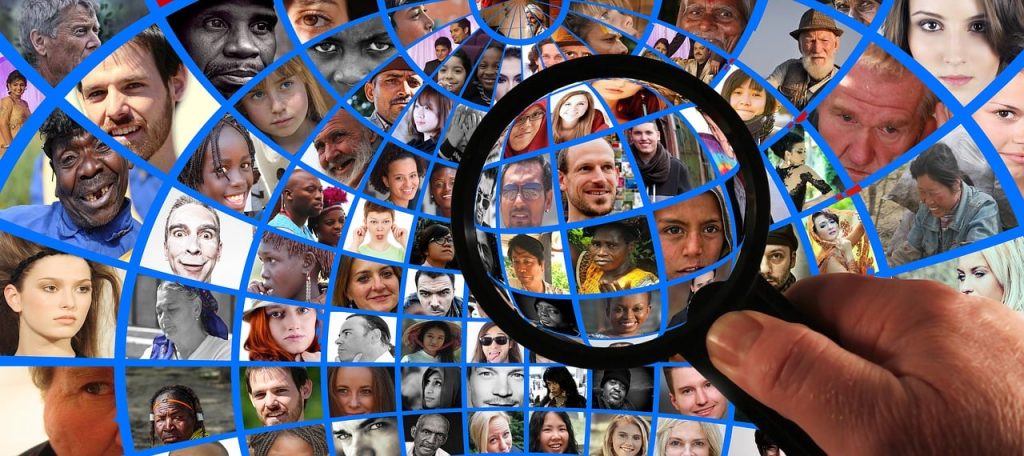
Other sites like BeenVerified (founded in 2007) and Social Catfish (launched in 2013) jumped on board too, each offering unique features to cater to specific user needs. For example, BeenVerified introduced a reverse username lookup, allowing users to uncover the identity behind an online alias by searching across multiple social media platforms and public records. In the meanwhile, Social Catfish established itself as an online dating investigation service, focusing on helping users verify the authenticity of their online romantic interests. In addition to providing the search capabilities offered by other people search engines, Social Catfish added a reverse image search feature, where users can upload a photo of a person and see if the same image appeared elsewhere on the internet under a different name, helping to expose potential catfishing scams.
The social media boom not only gave rise to early innovators like Spokeo but also set the stage for a wave of new people search offerings: each bringing innovative approaches to meet the growing demand for accessing personal data online. The table below lists some of the key players in this new era:
| Service Name | Founded Year | Functionality | Current Status |
|---|---|---|---|
| Spokeo | 2006 | Comprehensive people search engine | Active |
| PeekYou | 2006 | Aggregating publicly available online data | Active |
| BeenVerified | 2007 | Positions itself as ‘The Everyday Information Company’ | Active |
| Instant Checkmate | 2010 | Specializes in criminal & traffic lookup, inmate search, etc. | Active |
| Social Catfish | 2013 | Online dating investigation service, reverse image search | Active |
| TruthFinder | 2015 | Public records search for background checks | Active |
With people’s digital footprints rapidly expanding across social media and online platforms, the social media age brought forth people search capabilities that were simply unimaginable in previous eras. For the first time ever, ordinary individuals could compile extraordinarily detailed profiles on others, and on a staggering scale – all by tapping into the rapidly expanding digital footprints we all cast across the internet. These new people search innovations represented the pinnacle of progress since those humble phone books centuries ago first popularized the very concept.
Despite the remarkable capabilities of these modern people search engines, they are not without flaws in terms of accuracy and completeness. As these platforms gather and combine information from a wide range of sources, including government records, online platforms, and commercial data brokers, outdated, inaccurate, or incomplete data may occasionally find its way into the generated reports. But this is just one part of a much larger story.
This lack of guaranteed reliability recently came to light when the FTC accused major people search companies of misleading consumers with reports based on unverified data, revealing the discrepancy between advertised “most accurate” information and reality [10].
So while people could now discover more about others than ever before through these searches, the data powering this unprecedented access could not be fully guaranteed as 100% reliable or complete. The new capabilities brought new limitations in tow.
Conclusion
As we’ve explored, the people search industry has undergone a remarkable transformation, driven by advancements in technology and changing societal norms. Improvements in collecting, storing, and processing information have made people search increasingly automated and accessible. This democratization of access to personal data has empowered individuals to find and connect with others like never before.
What began as simple phone books providing basic contact details has evolved into sophisticated search engines that can unearth a wealth of personal information – criminal histories, photos, social media profiles, and much more. The scope of data available through people search services has expanded exponentially.
This explosion of accessible personal data reflects a fundamental shift in why we search for people in the first place. Initially driven by a need to reconnect, people searches now often aim to build a comprehensive understanding of an individual’s life and background.
Interestingly, the development of the people search industry didn’t follow a strictly linear path where newer, more advanced tools simply replaced older ones. Rather, it was a complex and dynamic process, with old and new technologies often coexisting.
For instance, during the rapidly growing internet era of the mid to late 1990s, a wave of internet-based people search tools cropped up, yet the relatively “outdated” CD-ROM directories were still actively helping people find contact information.
Another example: the PI-assisted people search model from the early Internet era isn’t entirely dead, with some companies now competing with modern people search engines by emphasizing “human touch” and “trained investigators.”[11] Meanwhile, modern sites like Social Catfish offer the option to hire “Professional Online Research Investigators” who use advanced software and access thousands of public data sources. Sounds familiar, doesn’t it?
As the industry evolved and the depth of available personal information increased, concerns around privacy and data ethics began to rear their head. The drive for deeper personal insights has consistently been met with countervailing concerns about the proper use and protection of personal data. This contentious tug-of-war between privacy concerns and the desire for information has raged on for decades, accompanied by a patchwork of differing state laws muddying the waters. In response to the lack of cohesive federal standards, states have proactively stepped in to enact their own data privacy regulations tailored to their specific jurisdictions.
Amidst this ongoing battle, the people search industry itself has taken some positive steps towards self-regulation, addressing both legal requirements and user concerns. Additionally, many major companies have adapted to stay relevant in the face of a changing landscape by expanding into related services, such as identity theft protection and online reputation management.
Ultimately, as individuals, we must strive to strike the appropriate balance between curiosity and ethics in our usage of personal data. While knowledge can be empowering, it must be tempered with judicious discretion and respect for the privacy of others. As the people search industry continues to evolve, it will be crucial to navigate this delicate balance, ensuring that the benefits of greater information access don’t come at the cost of violating someone’s privacy rights.
References:
- Crumley, B. (2012, June 27). France Bids Adieu to Minitel, Its Internet Forerunner. Time. https://world.time.com/2012/06/27/france-bids-adieu-to-minitel-its-internet-forerunner/↩
- DIAL E FOR ELECTRONIC PHONE DIRECTORIES. (1996, June 11). Chicagotribune. Retrieved June 04, 2024, from https://www.chicagotribune.com/1996/06/11/dial-e-for-electronic-phone-directories/↩
- Lotus Marketplace. (2021, April 05). In Wikipedia. https://en.wikipedia.org/w/index.php?title=Lotus_Marketplace&oldid=1016094447↩
- Bernstein, N. (1997, June 12). Personal files via computer offer money and pose threat. The New York Times. https://www.nytimes.com/1997/06/12/us/lives-on-file-the-erosion-of-privacy-a-special-report-personal-files-via-computer.html↩
- Company brings old friends together. (1996, May 28). Tampa Bay Times. Retrieved from https://www.tampabay.com/archive/1996/05/28/company-brings-old-friends-together/↩
- Tom, D. (1993, January 17). Helping Old Friends Reach Across Years. Los Angeles Times. Retrieved from https://www.latimes.com/archives/la-xpm-1993-01-17-me-1972-story.html↩
- Remsburg v. Docusearch, No. 00-211-B (D.N.H. Jan. 31, 2002). Casetext. https://casetext.com/case/remsburg-v-docusearch↩
- Shapiro, N. (2007, April 10). * Intelius Says it’s Capable of Conducting a Full Background Check on Anyone* SeattleWeekly. https://www.seattleweekly.com/news/intelius-says-its-capable-of-conducting-a-full-background-check-on-anyone/↩
- How Spokeo CEO started a $78 million dollar company from his parents’ basement. (2016, July 29). CNBC. Retrieved from https://www.cnbc.com/2016/07/29/how-spokeo-ceo-started-a-78-million-dollar-company-from-his-parents-basement.html↩
- FTC Says TruthFinder, Instant Checkmate Deceived Users About Background Report Accuracy, Violated FCRA. (2023, September 11). Federal Trade Commission. https://www.ftc.gov/news-events/news/press-releases/2023/09/ftc-says-truthfinder-instant-checkmate-deceived-users-about-background-report-accuracy-violated-fcra↩
- Docusearch.com, founded in the mid-1990s, is one such company that continues to operate today, emphasizing its unique advantages on its website to distinguish itself from online people search engines.↩



 View all of Enya Zhang's posts.
View all of Enya Zhang's posts.


